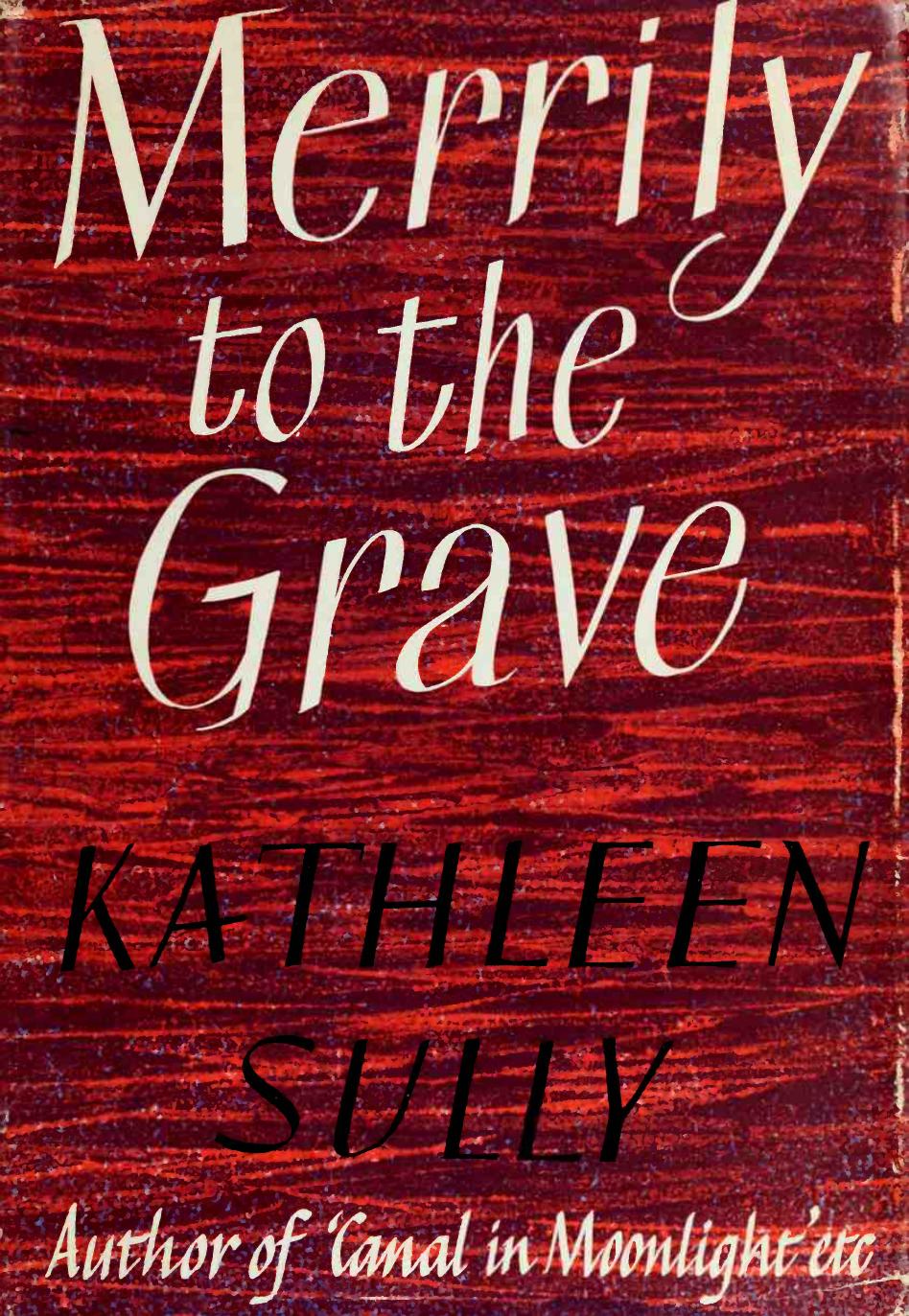
Merrily to the Grave PDF
Preview Merrily to the Grave
Kathleen Sully published 17 novels between 1955 and 1970. She was
compared to Muriel Spark and Brigid Brophy. John Betjeman called her
“above all things a born writer.” In 1960, John Davenport wrote, “If she
is not among the leading English writers of the day, she is certainly
among the most arresting and original.” Her play, “The Waiting of Lester
Abbs,” was one of Lindsay Anderson’s first London productions. Alan
Nicholls, a Melbourne critic, wrote that “Kathleen Sully … always does
something unexpected with a novel.”
Until a few days ago, I’d never heard of her. I suspect you haven’t either.
I came across her name in a list at the back of Margaret Crosland’s survey of 20th century English women novelists, Beyond the Lighthouse
(1981). Doing a little more digging, I quickly discovered a few things.
In the space of 15 years, she managed to write over a novel a year, all
of them published by Peter Davies. None of them are in print or have
ever been reprinted. A couple appear to be utterly unattainable outside a
few libraries. A few that are for sale fetch thousands of dollars. And
one of them, Merrily to the Grave, is available on the Open Library.
That seemed like the right place to start.
Merrily to the Grave is set in a run-down rooming house in Brighton. This is the Brighton of Graham Greene’s Brighton Rock
— dreary, dismal, with a few glitzy attractions and a lot of people
just hanging on for dear life. Whether pensioner, two-bit performer,
shopgirl, prostitute, drunk, or thief, one thing unites all the
residents of Hesta Blazey’s on Eastley Crescent: failure. They’re all
just a few pounds away from the street, always hovering on the edge of
“self-pity, shame and desolation.” The house smells of “kippers, dust,
onions, hair-oil, sopa, turpentine, bath cubes, floor polish (though
nothing looked polished), human sweat and cat.”
